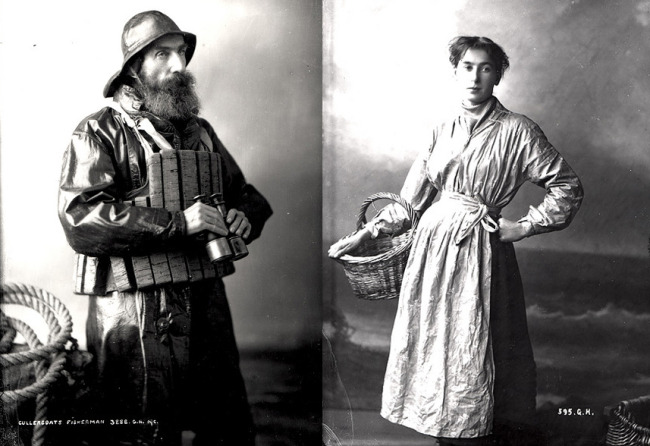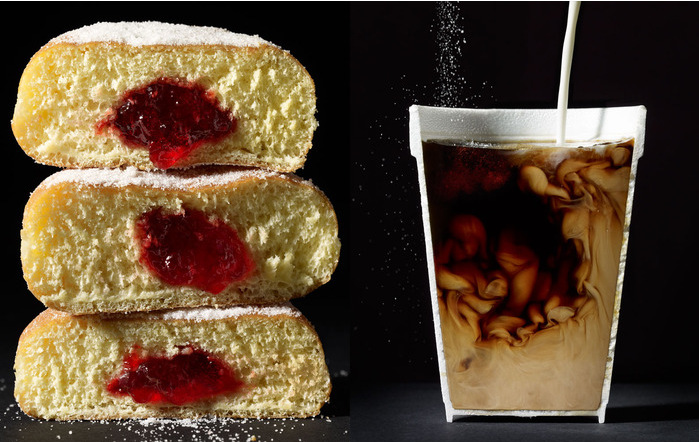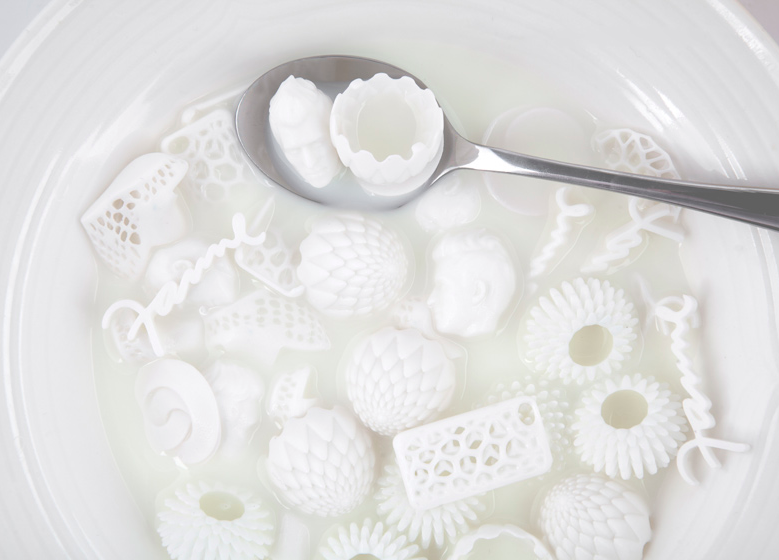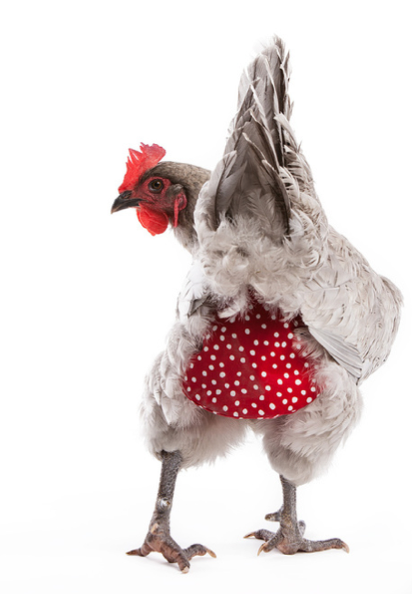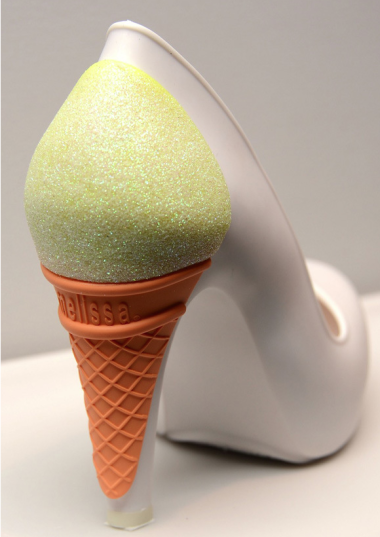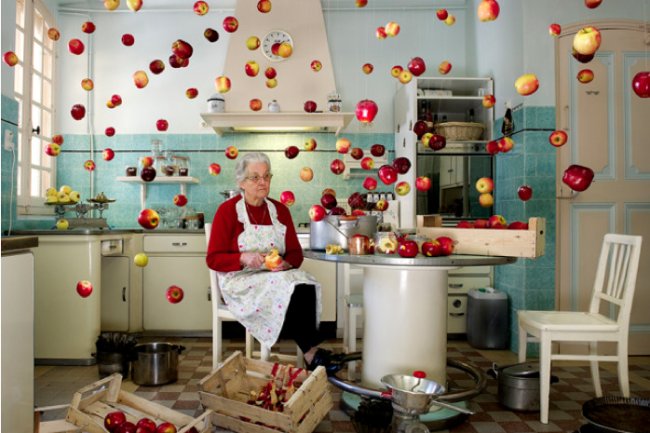weekly round-up of our favorite finds from the front lines of food
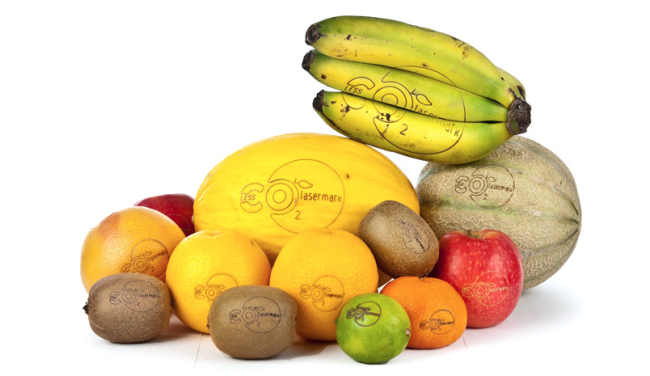
-
A new European regulation on laser marking technologies has been adopted by the EU commission and seeks to replace sticky labels on fruit (like above). "Because production of adhesive stickers requires natural resources (wood for paper, energy, water, etc…) as well as chemical substances (glue & ink production), the project proposes a sustainable solution for food labeling. In addition, the process reduces energy consumption and GHG emissions, while guaranteeing full information about origin and production conditions."
- The economy in Europe is forcing Spanish companies to sharpen up and look to exports: "Spain must reinvent itself as an export-oriented, high-value-added economy, says Fernando Casado, director of the Business Council for Competitiveness, a group of big companies." We hope more delicious products are on their way to North America.
- Food production has a long history of labor abuse, which is still going strong in the global food system, according to a report last week from the US State Department on human trafficking. "This year's report looks at things like the fishing industry — and actually raises a question that I think all of us should be asking, which is: How much of my life is impacting modern-day slavery? Do I know where the shrimp is being caught or processed that is on my plate?"
- With Silver Bells and Oyster Shells (and So Their Gardens Grow) "The oyster industry has grown nearly 20 percent yearly in states like Rhode Island, Virginia, and Massachusetts, over the past decade, and owning a restaurant in which to sell the product is becoming a more common business model for oyster farmers."
- The trend that's cropping up all over — seaweed. It's everywhere, from the musing of a seaweed foragers on Scotland's Isle of Bute, to getting fried as chips in San Francisco to seaweed butter in Nashville.
- And speaking of Nashville, there seems to be great things happening on that food scene every time we look.
- Eat this: local Houston restaurant Underbelly debuts a "Cease and Desist" burger in response to trademark infringement threats from the In-N-Out chain. And now, through the power of snarky humor, they've gotten a ton of press for it.
- More than the smell of fries will be wafting from McDonald's. In a wacky cultural mash-up, McDonald's Singapore is offering a Durian Crunch McFlurry based on a fruit so stinky, it's been banned from being eaten in public in several countries.
